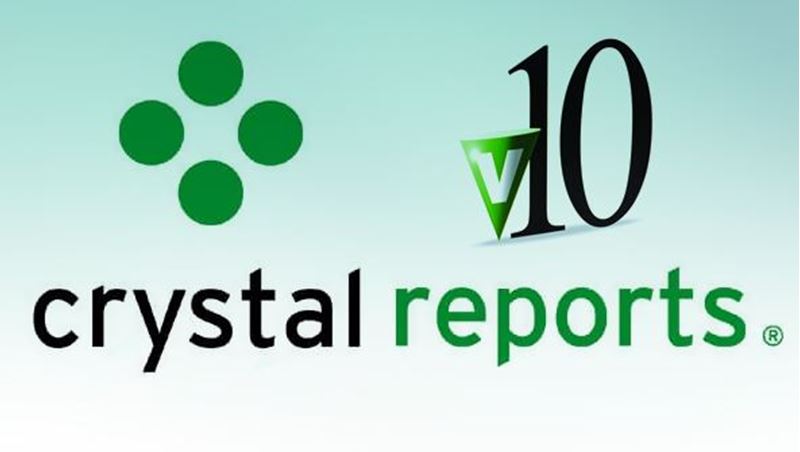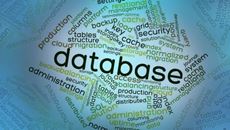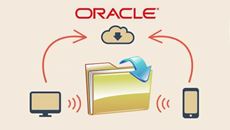- Delivery Method Online
- Professional Certificate
- 24hrs Suggested Study Time
- 3 Months Access
- Tutor Support
- Study On Any Device
- 6056 Students
Crystal Reports 10 Fundamentals

Make the points you want to make by converting raw database or accounting information into impressive and meaningful reports.
Discover the secret techniques pros use to produce handsome reports that clearly convey almost any type of information to any type of audience. This class will help you unleash the hidden power of Crystal Reports to present database or accounting information in a way that unmistakably communicates the points you want to make.
If you have information you need to intelligently communicate to others, but cannot do so because it lies buried in your database, accounting program, or other data source, you need Crystal Reports--and this course.
It doesn't matter whether you need to develop a quick-turnaround report that your boss needed yesterday or an elaborate financial report for your company's annual report. Crystal Reports can handle it all, and your instructor will show you how.
You'll discover how to extract the data you want your report to include, how to sort it into the order you want, how to group related information together, and how to include totals for groups of figures or for the entire report. All the while, you'll gain valuable firsthand experience with the process of creating, running, and publishing polished, professional quality reports.
NOTE: If you have Crystal Reports XI, 2008, or 2011, then you should enroll in ""Crystal Reports Fundamentals"" rather than this course. Please check the Requirements for further information.
Courses are delivered to you through expertly executed lessons, online instruction and interaction with like-minded students. Our courses are designed to deliver all of the benefits of studying in a classroom whilst giving you the flexibility to study at a time and place to suit your needs. You can access your classroom 24/7 from any device with an internet connection.
This course has a 3 month duration. You'll complete comprehensive lessons, quizzes and assignments before submitting your final exam at the end of the course to achieve your certificate. Courses must be completed within the 3 month access period.

Allen Taylor
Allen G. Taylor is a 30-year veteran of the computer industry and the author of 28 computer-related books, including "Crystal Reports 2008 For Dummies," "Database Development For Dummies" and "SQL For Dummies." He has been teaching computer course... Read more
Read Allen Taylor's ProfileFrequently Asked Questions
What people are saying about our courses
The Learning Environment
From the moment that you enrol in the Crystal Reports 10 Fundamentals you will become an integral part of our learning community. You'll find yourself with the freedom to learn at a speed that suits you, on any device, from anywhere in the world. Achieving your career goals no longer has to mean compromising family and work commitments.
Our Values
Learn At Your Own Pace
We believe in personalised learning. That's why we provide all the tools and support you need to succeed at your own pace. With flexible learning, you'll stay motivated and retain more information. Plus, you can balance your studies with work and family commitments to make your dreams a reality.
We Won't Break The Bank
Education should be accessible to anyone who wants to learn. That's why we offer some of the most competitive prices in the industry with payments plans for just $25 per week. Investing in your future is a smart choice and doesn’t have to break the bank.
Industry-Led Courses
There's no better way to learn than from experts with years of experience in your field. That's why each of our 200+ industry-led courses are designed to give you a real-life perspective on your industry. With our expert mentors, you'll learn from people who have a wealth of knowledge and experience, and who are passionate about sharing it with you.
Get The Personal Support You Deserve
At Vibe Learning, we're real people who are dedicated to providing you with personal support every step of the way. Our industry experts are not only professional and knowledgeable but also incredibly passionate about sharing their expertise with you. With their guidance, you'll gain invaluable insights and practical knowledge to help you succeed.
Still looking?
Check out the following courses related to Crystal Reports 10 Fundamentals:





